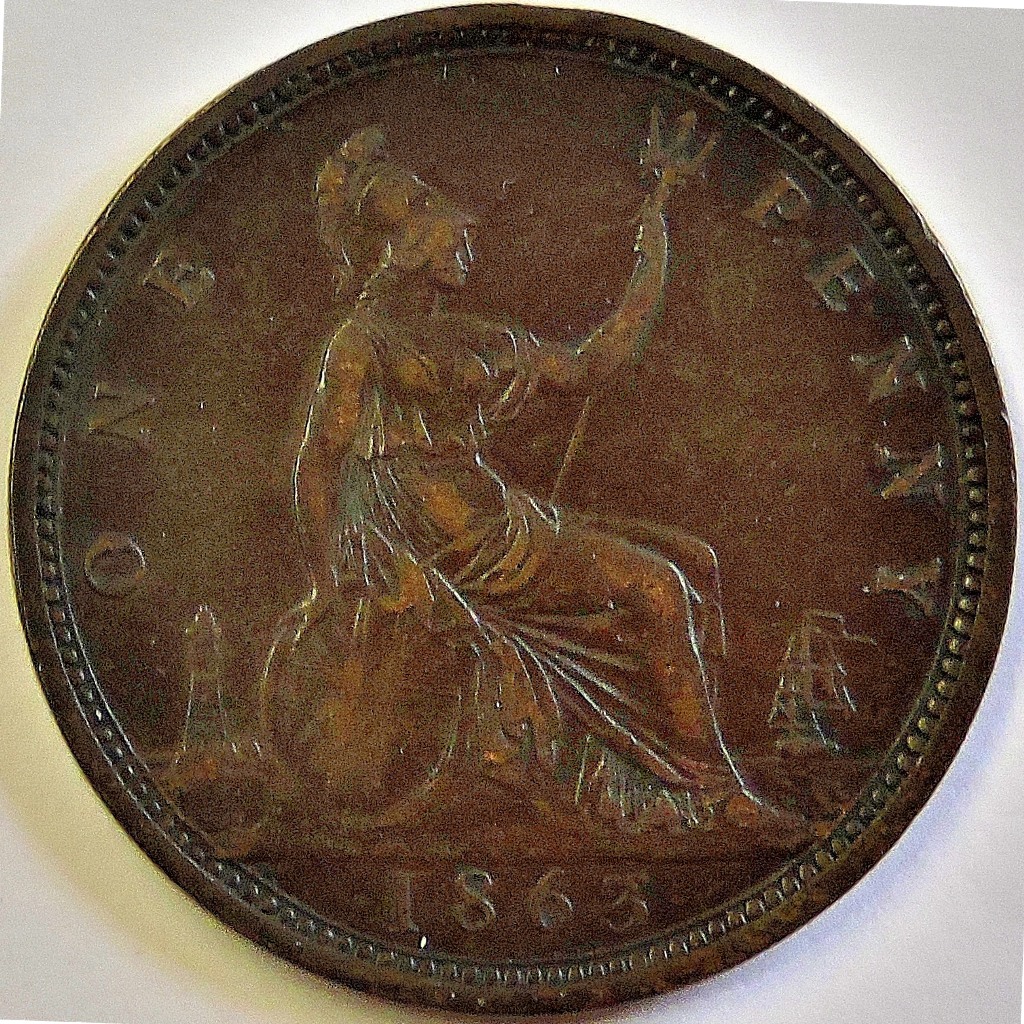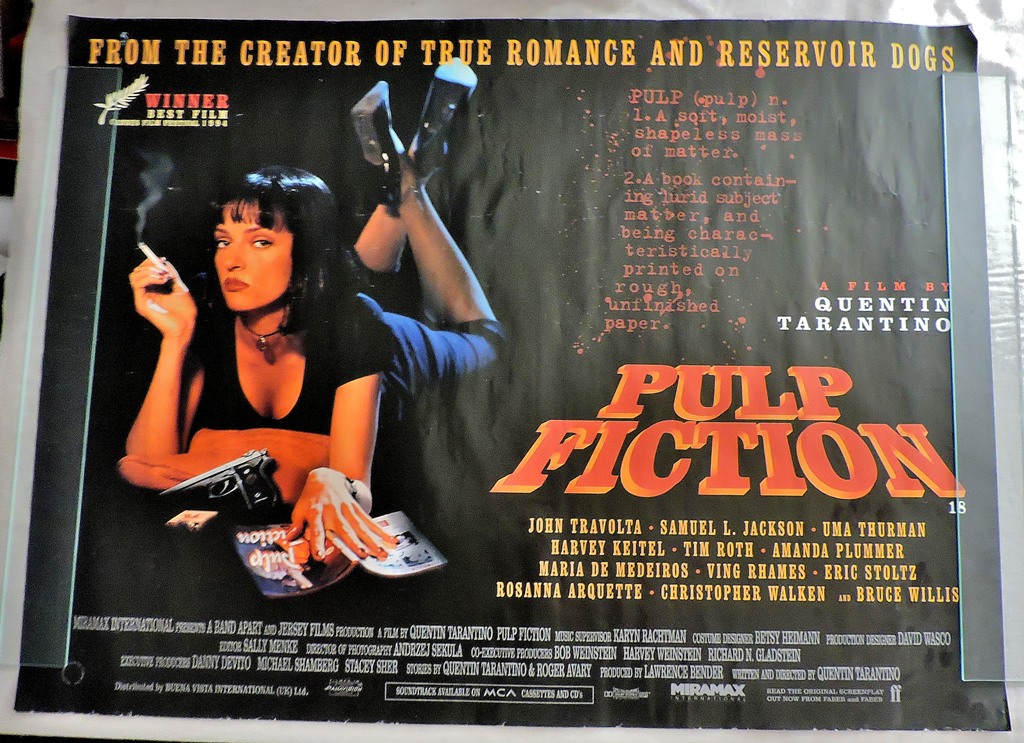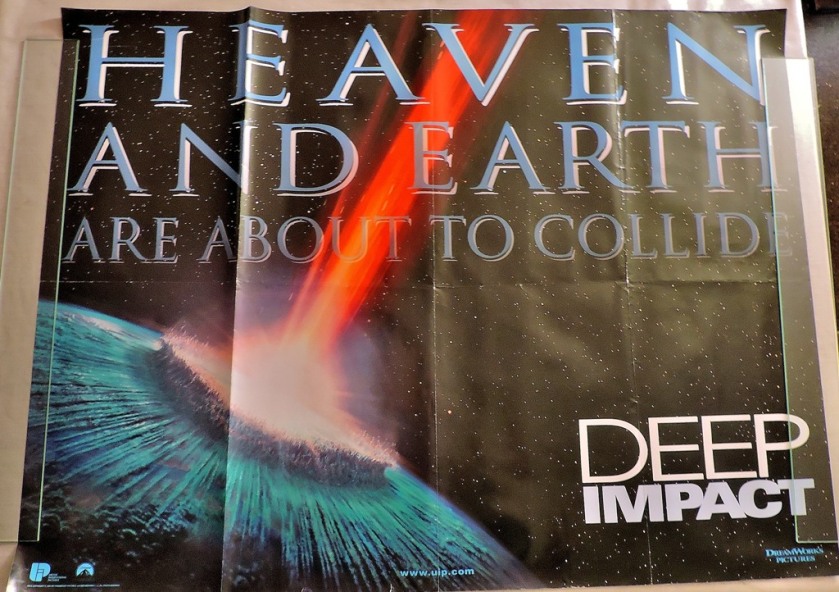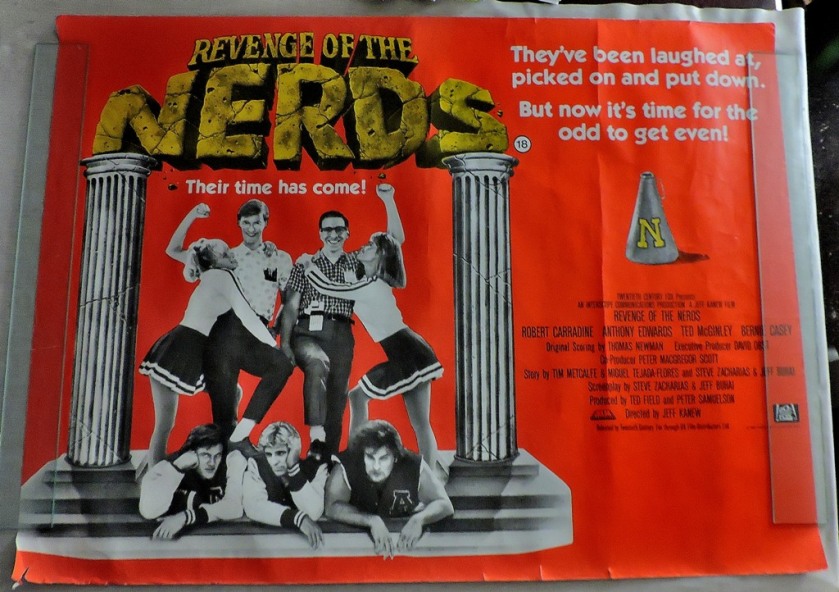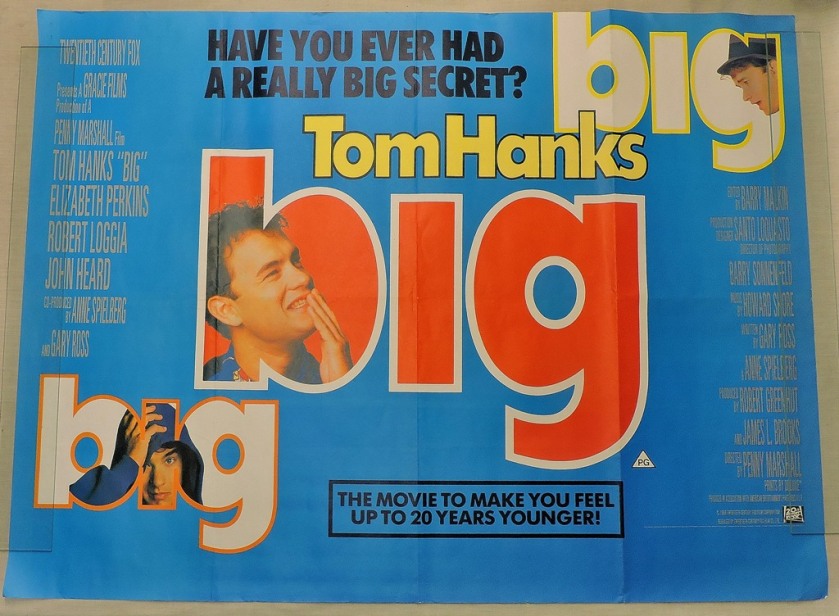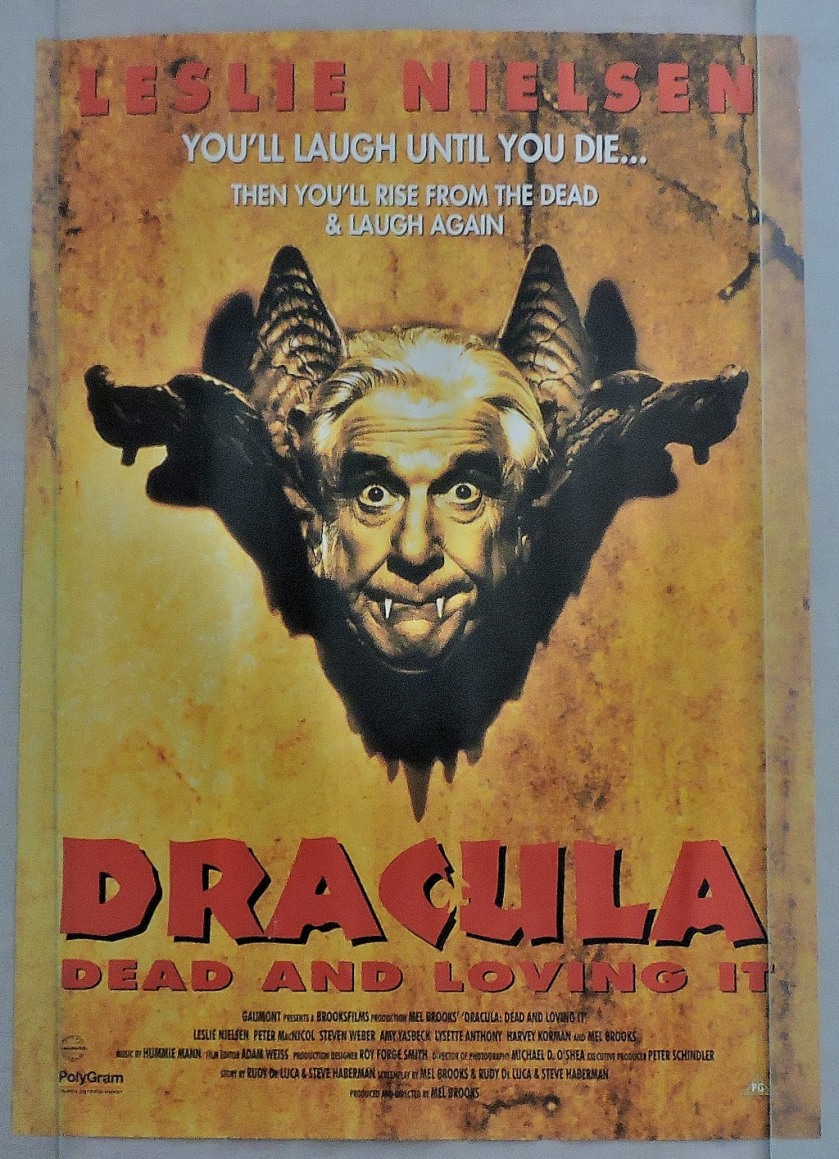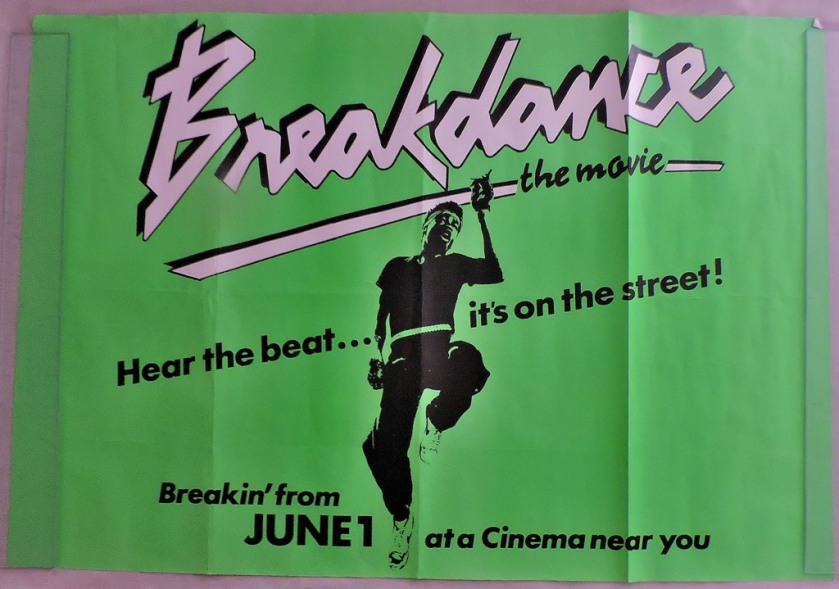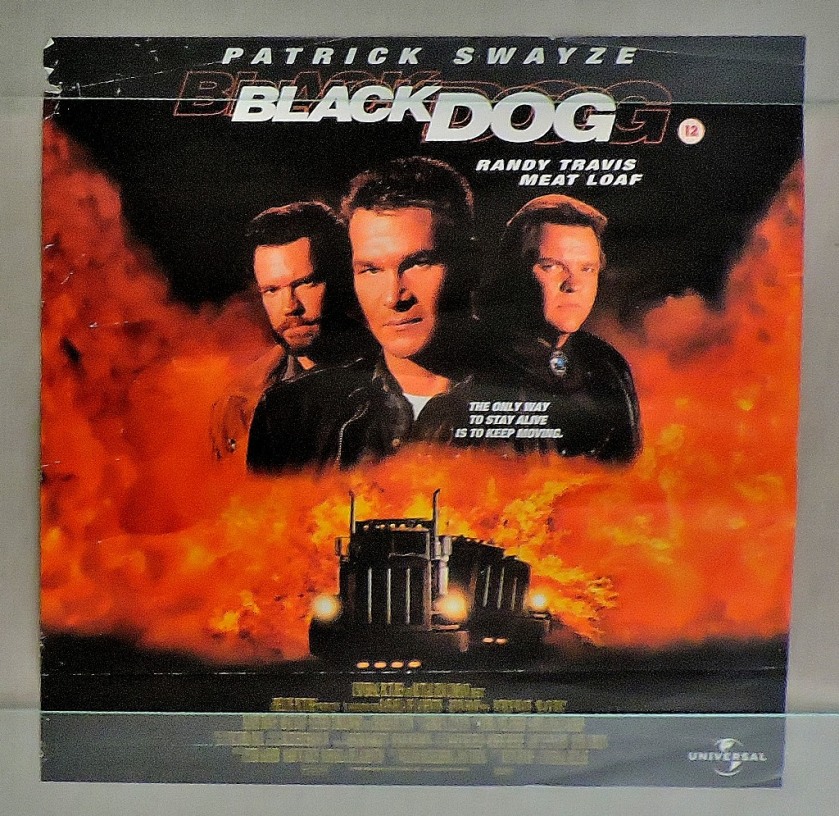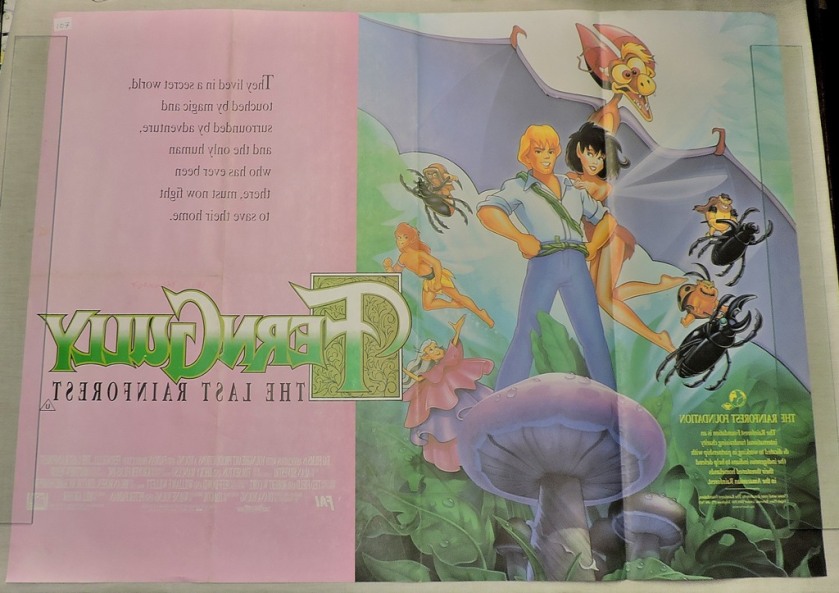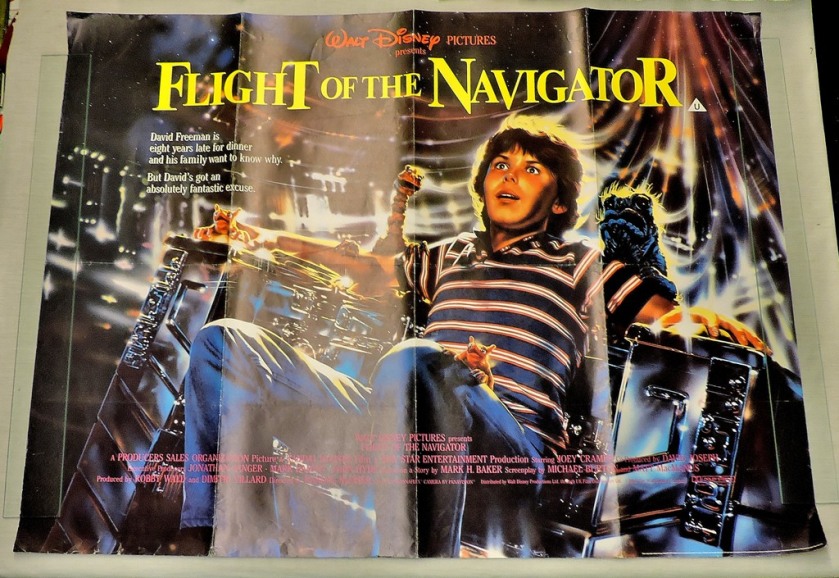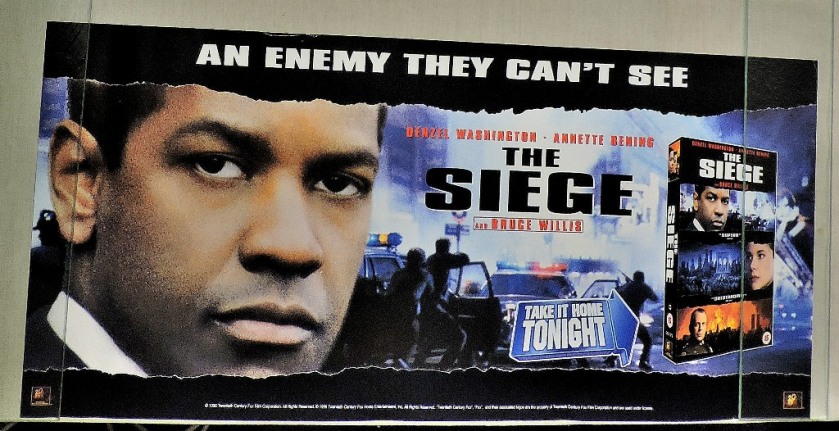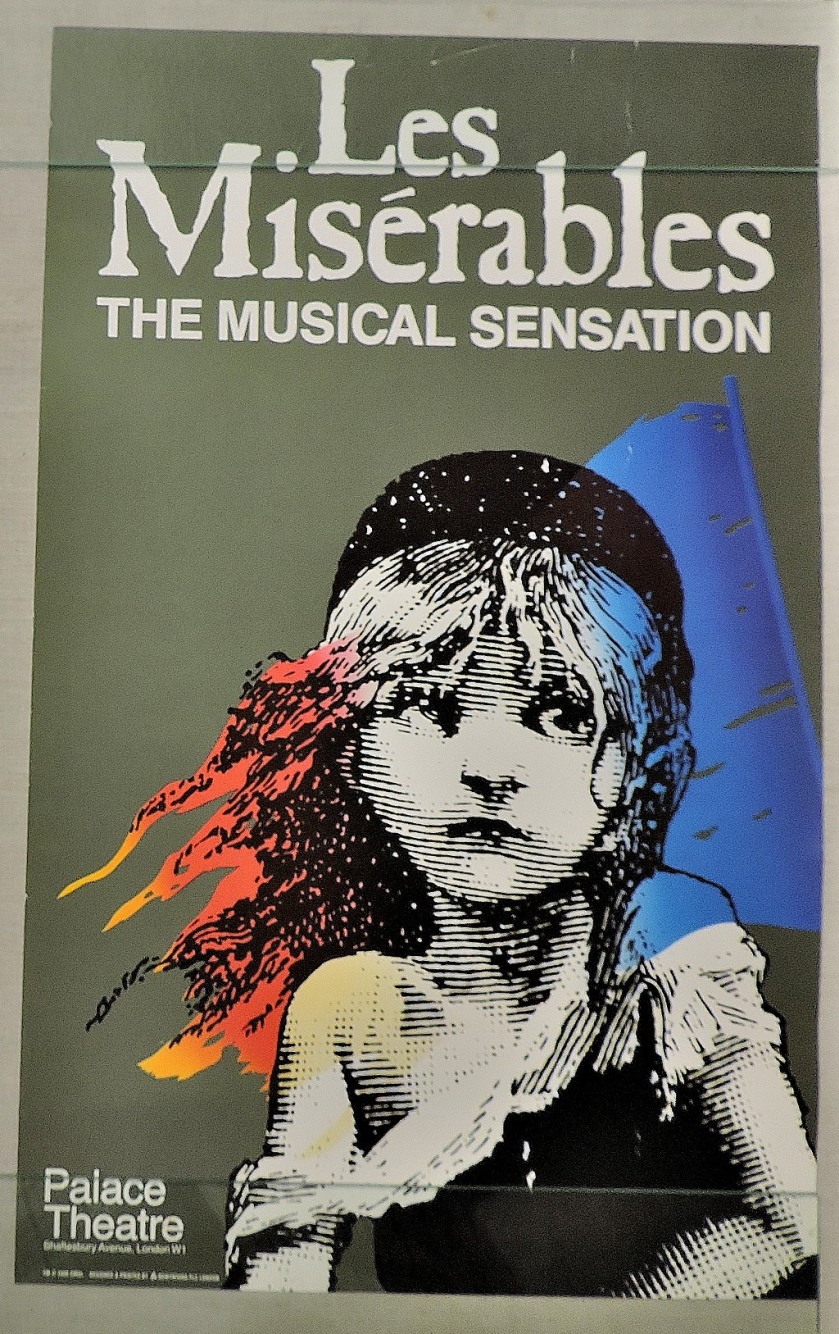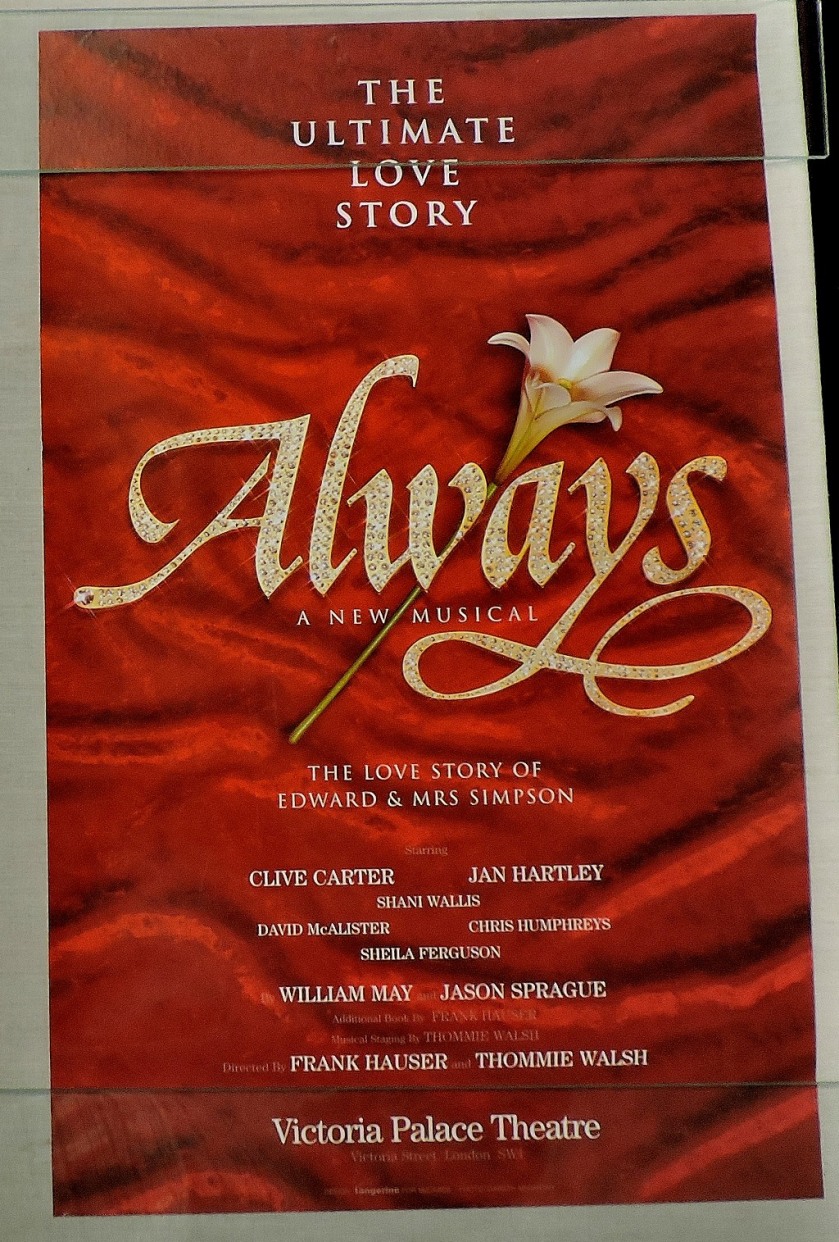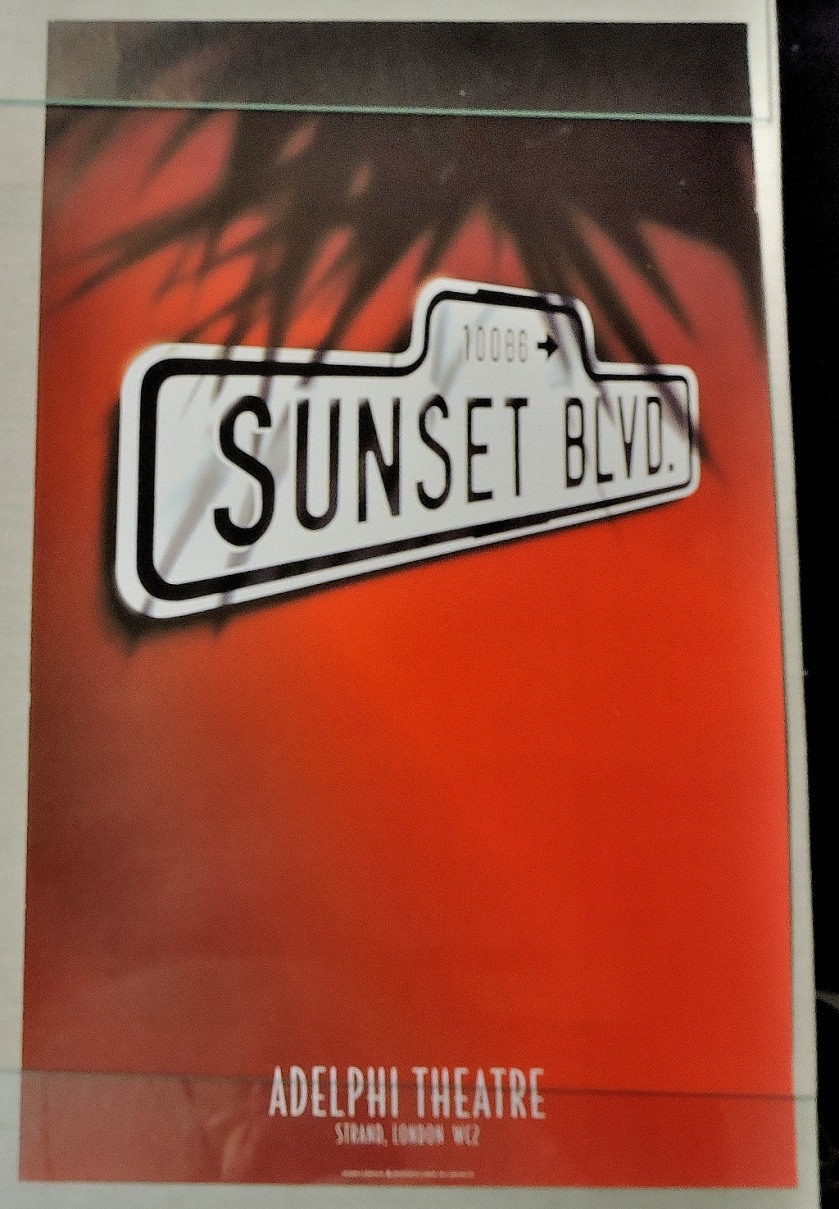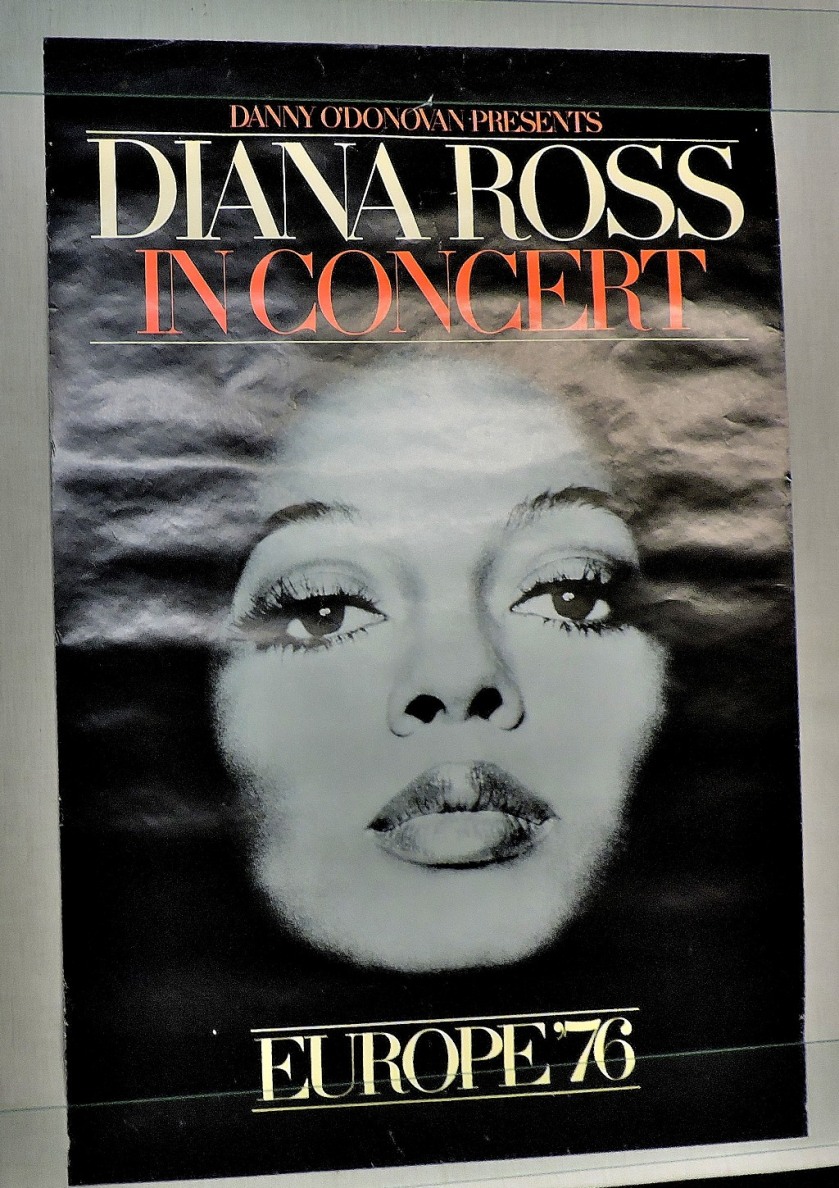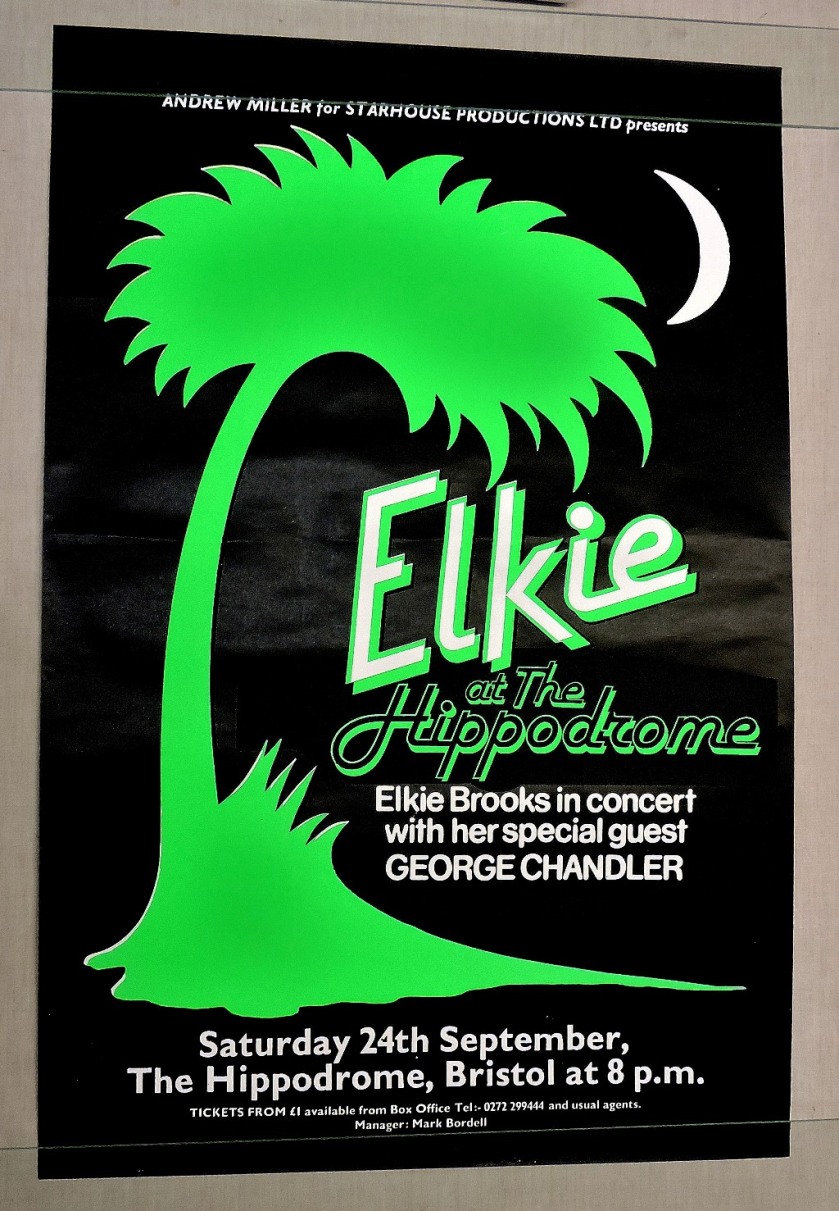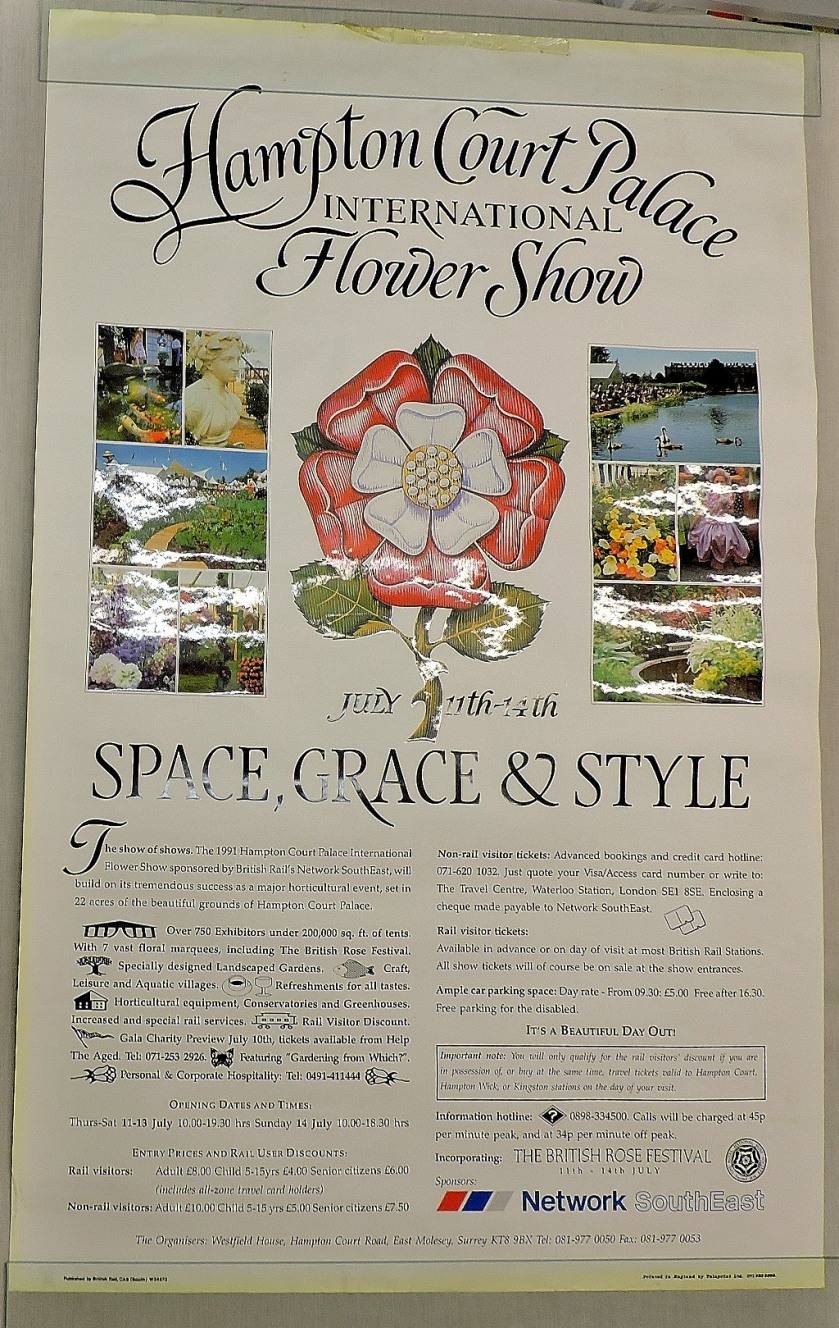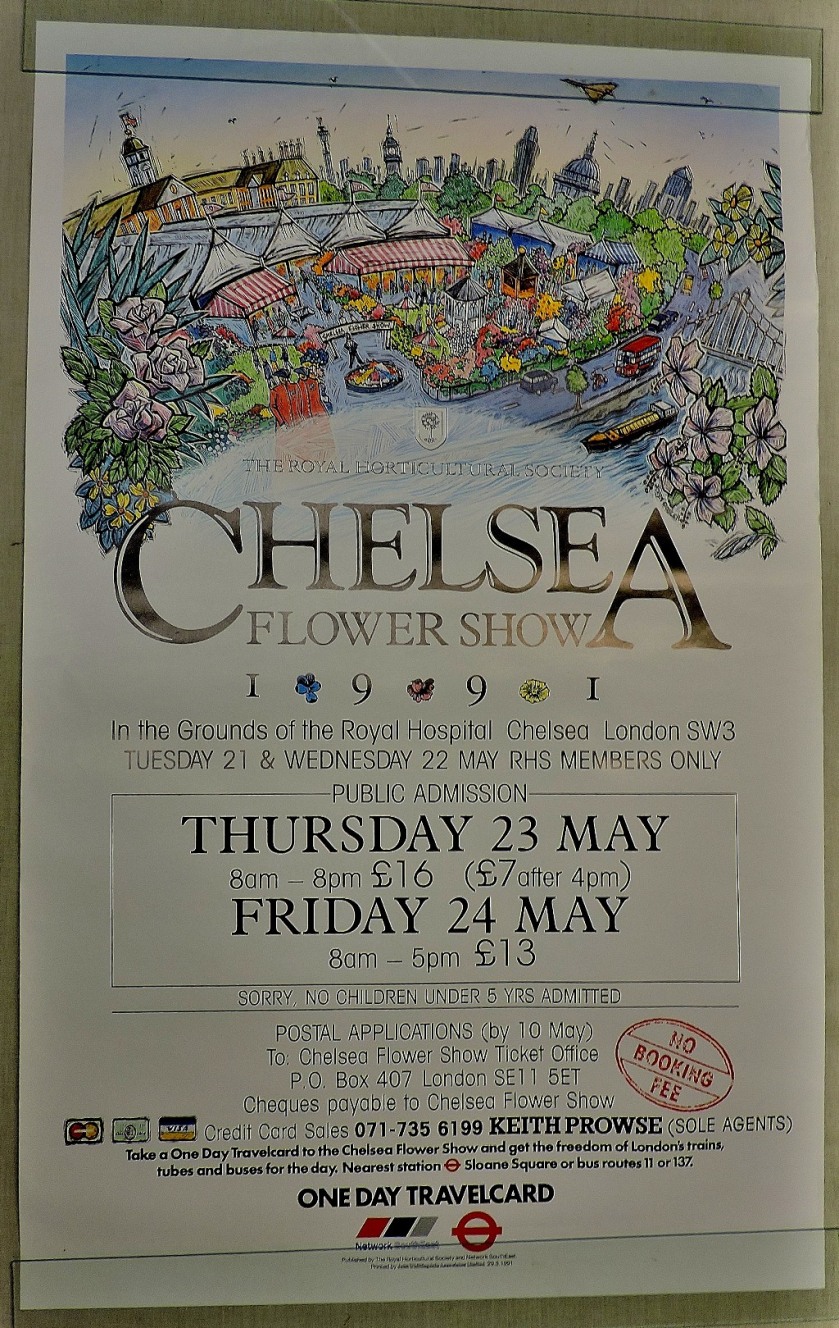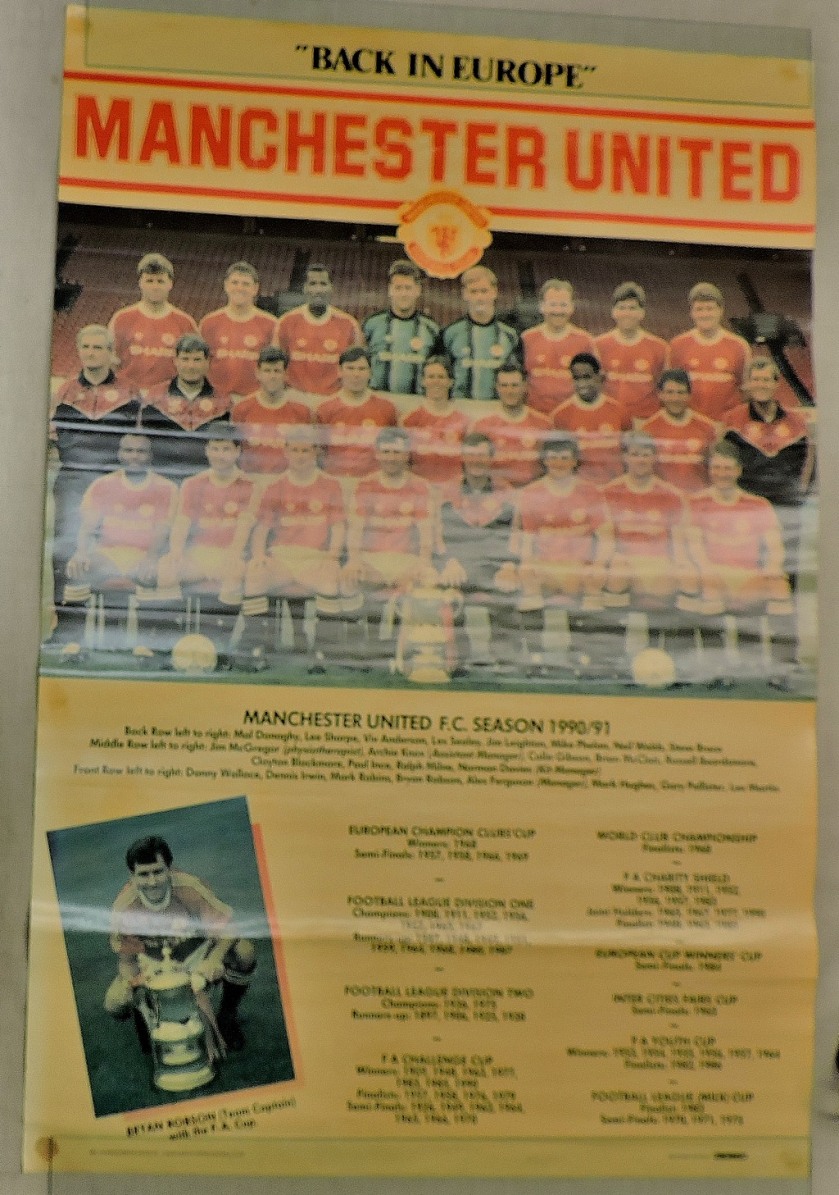INTRODUCTION
On Monday, Tuesday and Yesterday my employers staged their first ever three-day auction, all three days of the sale taking place at our shop in Fakenham. This post describes the event.
DAY 1: COINS, BANKNOTES, BANKING EPHEMERA AND MILITARIA
There were a few technical issues early on, and we had to dispense with the live video because it just would not work. However, with close to 200 online bidders (this tally rose past 300 before the end of the auction on Wednesday) signed up before the sale started and a few people there in person it was not long before good things started happening. The first and biggest headline maker was…
LOT 22
This 1863 penny caused an internet dominated bidding battle which finally stopped at £1,200 (the estimate had been £250-300, and the bidding had started around that level). The successful bidder then telephoned in to clarify whether he could return the item if it turned out not to be as expected. This led to a tricky photographic assignment for yours truly. Looking at the pictures below can you see what is unusual about the dating on thkis coin?




THE REST OF THE COINS
Although nothing else approached lot 22 the coins did continue to sell fairly well. I will feature one more lot, which although it did not reach great heights was contested…
LOT 141
This was a Lima Tramways Inauguration token. Two people were interested, myself and an internet bidder. When the online bidder went to £20 over my £18 I conceded defeat (I had decided that I was not going beyond £20 and adhered to that decision). In addition to the obvious public transport connection, there is also a more obscure and tenuous cricket related connection: Lima was also the birthplace of Freddie Brown, who went on Jardine’s 1932-33 ashes tour without being picked for a test match and captained the touring party for the 1950-51 ashes. Here is the image gallery for this lot to commemorate my near miss:



THE BANKNOTES AND BANKING EPHEMERA
The banknotes fared well, while the experiment with banking ephemera (mainly but not entirely cheques) cannot yet be judged – more of the stuff will be going under the hammer at our next auction.
MILITARIA
The militaria was again largely successful. In a pattern of consistent successes there was one stand out, early in the section. The star of this second half of day one was…
LOT 309
This lot, a Free Polish Airforce pilots badge and RAF Dingley escape whistle with an estimate of £80-95 eventually sold for £320.

FINISHING THE FIRST DAY
After the end of the first day at lot 550 the stuff for that part of the sale had to be moved upstairs and the stuff for day two brought down into the shop. My involvement in this process and the fact the we had finished later than expected meant that I did not get any imaging done before going home.
INTERLUDE – ON IMAGING
This post has featured scanning and photography, so here is a brief guide to myt appraoch to imaging at work:
I scan the following items:
Coins – 600dpi, scan each face, brighten the images (this both improves the clarity of the image, and since I have also adopted the policy of using a white background, effectively eliminates the background) and join the two images together to create the master image). I can image up 20 single coin lots at a time in this way, and the scanner I use works fast even at high resolution.
Stamps – 300-400dpi according to the level of intricacy of the pattern. Small stamps usually have an automatic black background because of the holders that are used. Usually I image these lots four at a time, but occasionally if the stamps are particularly suitably placed in the holders I can do more.
Postcards – 200-300 dpi according to time considerations. When there has been a real hurry on I have got away with scanning postcards at 150dpi, but I do not recommend going this low. The bed of my scanner is big enough for four standard size postcards, and in general if I have more cards than that in a lot I photograph rather than scanning.
Banknotes and related items – 200dpi is usually right for these.
Small ephemera: Any printed item that is A4 or less in size can be scanned. These items can be done at 150dpi.
All items not in the above list are photographed, and for items in the above list the decision to scan is dependent on small size – I do not for example lay out the contents of a huge box of coins on the scanner bed and scan.
DAY 2: POSTCARDS, EPHEMERA, FILM POSTERS, CIGARETTE & LIEBIG CARDS
A slightly fractious start to the day, as it was still not possible to run the video. Also, due to the confusion caused by frantic attempts to find a way to run the video the first couple of lots went under the hammer without audio either.
THE POSTCARDS
There was no danger of any of these not selling because one of our regulars had left a block of bids on all of them, and some ended up going to other people.
EPHEMERA AND FILM POSTERS
These as might be expected were fairly quiet, although even they did not completely bomb – some decorated menus sold reasonably well.
THE CIGARETTE AND LIEBIG CARDS
The big news from these lots was that the majority actually sold. Near the end there was a very minor controversy concerning…
LOT 789
This was the second and last lot ion the catalogue that was of personal interest to me. I opened the bidding at £16, and as I as recording this information an internet bit for the same amount registered. James and Sons policy on the matter is clear – a room bid has privilege over an internet bid. I thus pressed the ‘room’ button on the console to disallow the internet bid. The item was then knocked down at £16. Just in case the unlucky internet bidder is reading this, they would have had to go to £22 to get the item, since I was adhering to the same policy that I had adopted with regard to lot 141 – I was prepared to go to but not beyond £20. As a further point please note that had I secured lot 141 I would not have bid on this item. When I have been through it in detail I will produce a full post about this item, but for the moment here are the official images:


THE SWAP OVER
The moving of items so that the setup was ready for day 3 was swiftly accomplished, and having done fewer lots and the auction having run more smoothly there was plenty of time for me to finish the day with some…
FEBRUARY IMAGING
The February auction will be another three day affair, but with an extra twist – days 1 and 2 will be at the shop again, but day 3 (A Wednesday again) will be at The Maids Head Hotel in Norwich. Here are some of the images I produced on Tuesday afternoon…






















































DAY 3: STAMPS, FIRST DAY COVERS AND POSTAL HISTORY
The day started with a wait outside the shop as the colleague who was opening up was delayed, continued with a quick trip to get a replacement strip bulb because one was shining a very ugly shade of pink but the setupo went smoothly, and the auction proceeded with no problems. These lots were not expected to generate bidding fireworks, but a reasonable number of them did actually sell.
There was no immediate need to transfer the stuff, so I was able to do other work, starting with…
SOME HIGH VALUE FEBRUARY IMAGING
These needed to be done first as some would be featuring in the print catalogue…










After lunch and a quick trip to the stationer for a box of paper I did some more ordinary imaging…










CONCLUSION
James and Sons’ first three day auction was definitely a success. The use of the shop as a venue massively reduces overhead costs, and the fact that we can only seat a few people there is no great disadvantage. February’s auction, on the 20th and 21st at the shop and then the 22nd at the Maids Head Hotel, Norwich will provide an interesting comparison. I end this post with some pictures of the layout on the first two days of the January auction (day 3 did not warrant a picture):







